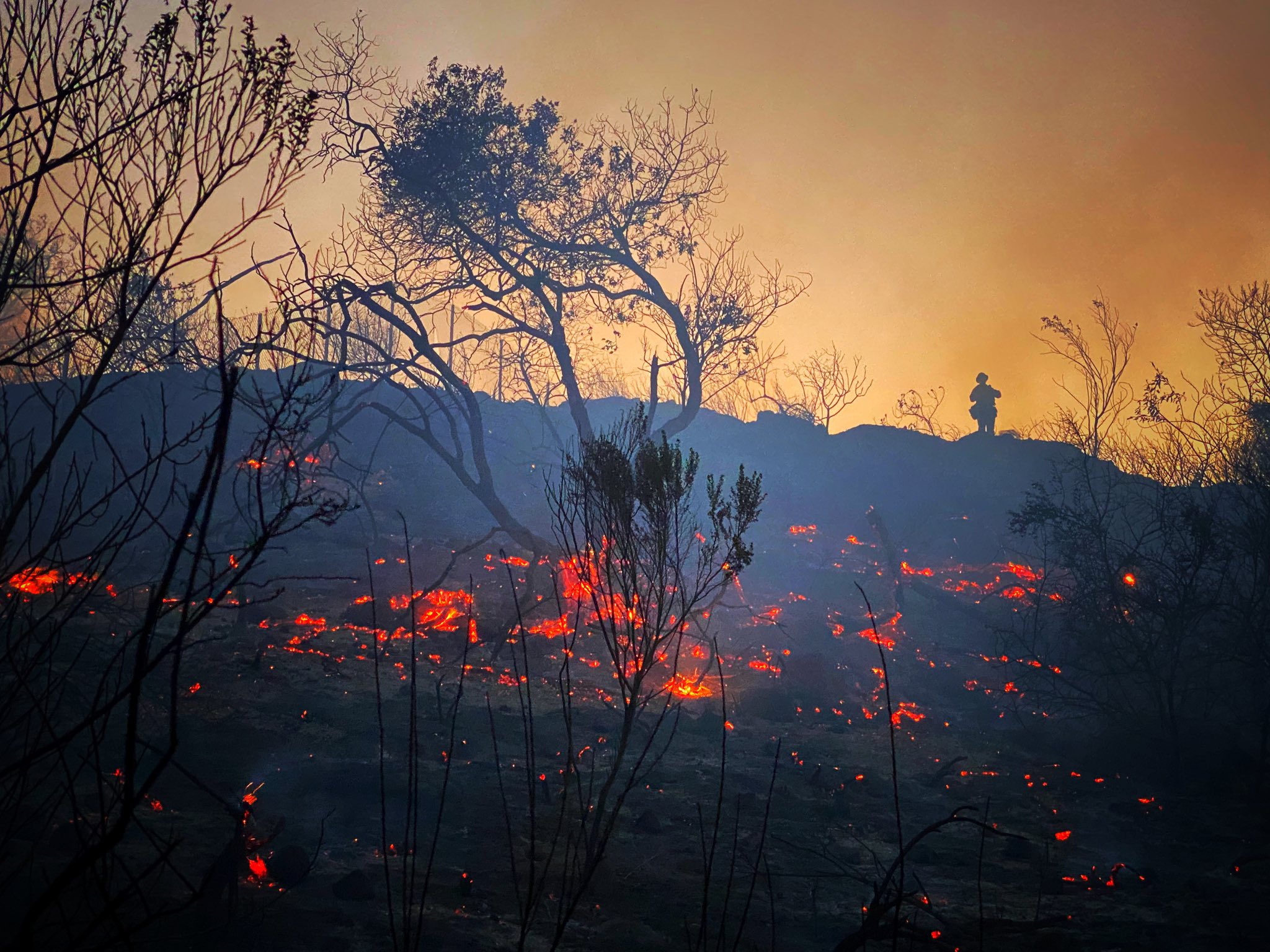Santa Barbara County Hears Report on Emergency Response Messaging
Board of Supervisors Learns of Difficulties with Emergency Alert System

The Santa Barbara County Board of Supervisors heard a report Tuesday about the county’s Emergency Alert and Warning Systems, and why information does not always reach the public effectively.
Emergency alerts are sent after collaboration between different authorities, typically the Sheriff’s Department and local fire departments. This often takes time for all parties to properly assess the situation, according to Kelly Hubbard, director of the Santa Barbara County Office of Emergency Management (OEM).
In an emergency, the public is alerted through news broadcasts, social media, the county call center, and first responders knocking on doors in possible evacuation areas.
But the most vital systems are those like the Wireless Emergency Alerts (WEA), ReadySBC alerts, and Nixle, which target certain areas based on zip code or geographic location —pinpointing the areas in imminent danger and notifying residents of the best protective action. Messages are also translated into Spanish, either through an online program or by bilingual OEM staff.
Sign up for Indy Today to receive fresh news from Independent.com, in your inbox, every morning.
WEA, which runs through the federal government, has resulted in the most confusion among residents, while ReadySBC alerts, Nixle, and local or private alert systems seem to be most effective. Hubbard noted that ReadySBC alerts, which residents must subscribe to individually, are the clearest in communication.
WEA warnings are delivered through cell towers that have differing coverage and signal strengths. Depending on the individual’s provider, a message may or may not be received. This explains why, during this month’s Bridge Fire, some residents fairly close to the area reported not receiving any alerts.
During the Bridge Fire earlier this month, Hubbard reported: 905 ReadySBC alerts were sent, with a 76 percent success rate. Through door-knocking, 257 homes were alerted with a 55 percent success rate. The rate of success for WEA is unknown, though OEM received 17 complaints from people who did not receive an alert.
Going forward, Hubbard said, “There’s new and emerging technology …. We need to ensure that our alert systems are improving with those.”
Support the Santa Barbara Independent through a long-term or a single contribution.



